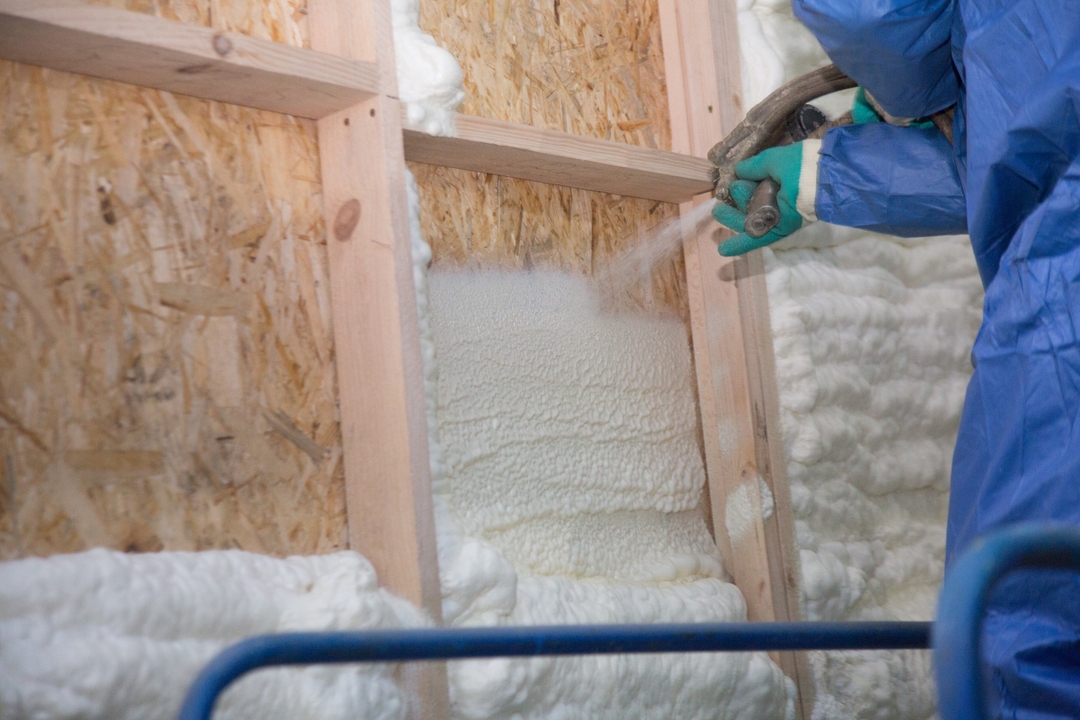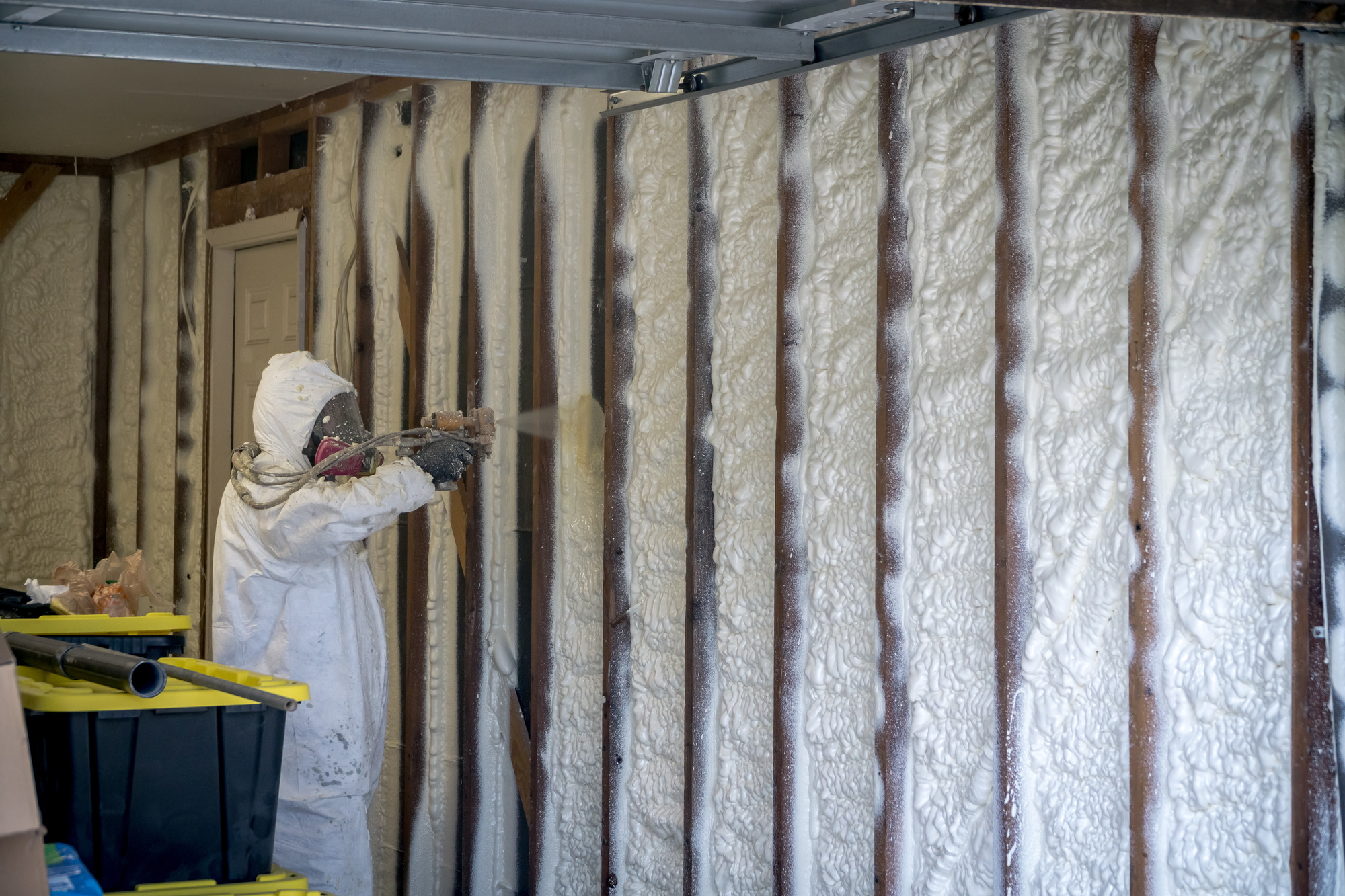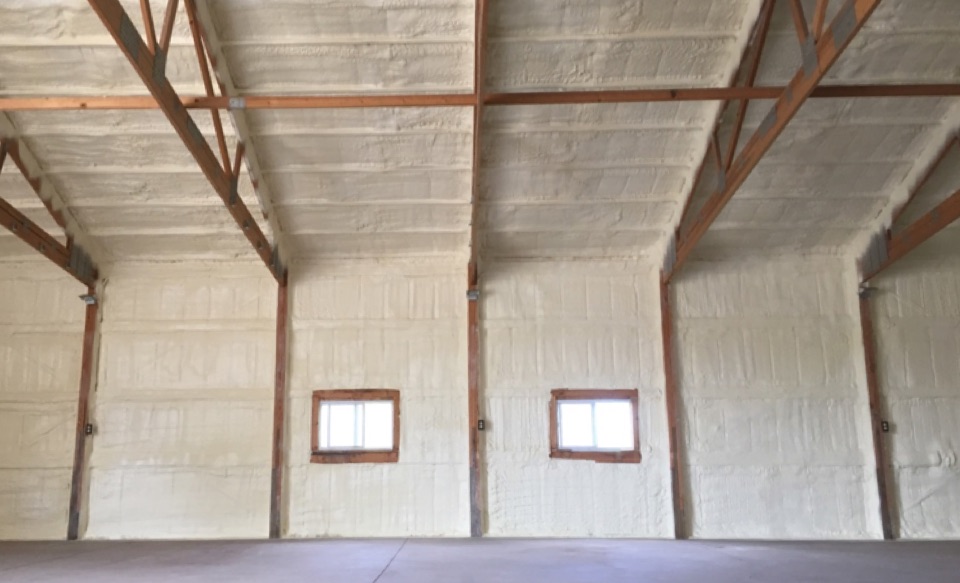
Choosing the right stage to apply spray foam insulation during construction is critical to its effectiveness. If applied too early, it can interfere with other systems. Too late, and accessibility issues or compliance delays can arise. This guide outlines when spray foam should be installed for optimal performance, code alignment, and cost efficiency—whether you're building a residential home or a commercial structure.
Planning the Right Time for Spray Foam Application
Spray foam application is most effective when scheduled between the rough-in and drywall phases. This ensures open wall access while preventing damage to electrical and plumbing components.
Aligning With Construction Phases
- Post-Framing, Pre-Drywall: Spray foam is typically applied after framing, mechanicals, and rough-ins are complete but before drywall is installed.
- Avoiding Delays: Installing too early can obstruct inspections or require rework if trades need to access walls.
- Surface Readiness: Framing must be dry and free of debris for foam to adhere properly.
Coordination With Other Trades
- Electrical and Plumbing: Rough-in work must be finalized before spray foam goes in, as foam seals cavities tightly and limits later access.
- HVAC and Ventilation: Duct placement and system integration should be complete. Foam helps control airflow and improves system efficiency.
- Inspection Windows: Many municipalities require insulation inspections. Spray foam should not be applied until these pre-insulation sign-offs occur.
Construction Sequence for Spray Foam Insulation
Correct installation timing follows a sequence built around structure access, code compliance, and material performance.
Step-by-Step Breakdown

Conditions That Affect Spray Foam Scheduling
Environmental, material, and site readiness issues can impact when foam can be safely installed.
Moisture Content in Framing
- Wood framing must test below 19% moisture content.
- Excess moisture can prevent proper adhesion and result in off-gassing issues.
Temperature and Ventilation
- Spray foam requires minimum surface temperatures (typically 40°F or higher, depending on product type).
- Adequate ventilation must be planned post-installation for curing safety and code compliance.
Building Code Considerations
- Fire Barrier Requirements: Closed cell foam often needs a thermal barrier (e.g., drywall) for code compliance.
- Inspection Approval: Local jurisdictions may need insulation verification before wall closure.
- Air Sealing and Energy Ratings: Foam must align with energy code specs. Improper timing can lead to failed blower door tests.
Residential vs. Commercial Construction Timing
Spray foam installation stages vary slightly between home construction and commercial projects due to scale, system complexity, and access timelines.
Differences in Application
Residential Construction
- Spray foam is commonly used in attics, walls, and basements.
- Usually scheduled immediately after trades finish and inspections are signed off.
- One-day or two-day application schedules are typical.
Commercial Construction
- Foam used for roofing, interior walls, and thermal envelopes.
- Coordination with multiple contractors is critical.
- May require staging in multiple phases to align with inspection and fire code logistics.
Common Missteps to Avoid
Poor timing during spray foam installation can lead to compliance problems, rework, or material failure.
Mistake 1: Applying Before Trades Finish
Installing before electrical or plumbing rough-ins are complete results in costly foam removal.
Mistake 2: Skipping Pre-Installation Inspections
Spray foam often hides work. If inspections aren’t completed beforehand, it may need to be removed.
Mistake 3: Ignoring Weather Conditions
Temperature and humidity directly affect spray foam cure times and bonding. Scheduling during cold or wet periods leads to application failures.
Conclusion
Spray foam should be applied after all framing and mechanical rough-ins are complete, but before drywall installation. This sequence allows full access to cavities while meeting inspection and moisture readiness requirements. In both residential and commercial settings, coordinating with HVAC, plumbing, and electrical teams ensures the foam doesn't block access or violate code. Site conditions like framing moisture and surface temperature should also be verified before spraying begins. Proper timing improves insulation performance, prevents rework, and ensures code compliance.
Aligning foam insulation with the correct construction phase avoids disruption, ensures access for future systems, and maximizes building energy efficiency. For property owners and project managers, planning this step correctly supports better long-term results and helps meet regulatory standards from the start.
FAQs
When should spray foam be installed in a new build? Spray foam should be applied after all rough-in work (electrical, plumbing, HVAC) is completed and framing has passed inspection. This is typically just before drywall installation.
Can spray foam be added after drywall is up? No, not in closed wall cavities. Foam requires open access. If walls are closed, injection foam or alternative insulation methods are needed instead.
Does the framing need to be dry before applying spray foam? Yes. Wood framing should have a moisture content below 19%. Wet lumber can compromise foam adhesion and release excess gas during curing.
Should insulation inspections happen before or after spray foam? Inspections must be completed before spray foam is installed. Once sprayed, components behind foam are no longer visible for code verification.
Is it okay to install spray foam in cold weather? Only if conditions are controlled. Some products allow application at lower temperatures, but surface and ambient temperature requirements must still be met to ensure proper cure and expansion.
Reviewer: Grace Walker has been in the spray foam business for 9 years and provided suggestions that helped refine this article’s focus on brand development and simple, consistent marketing efforts.





Comments